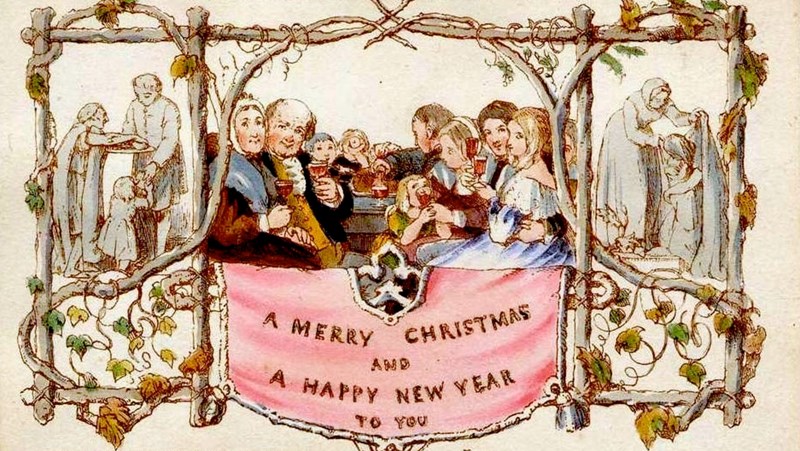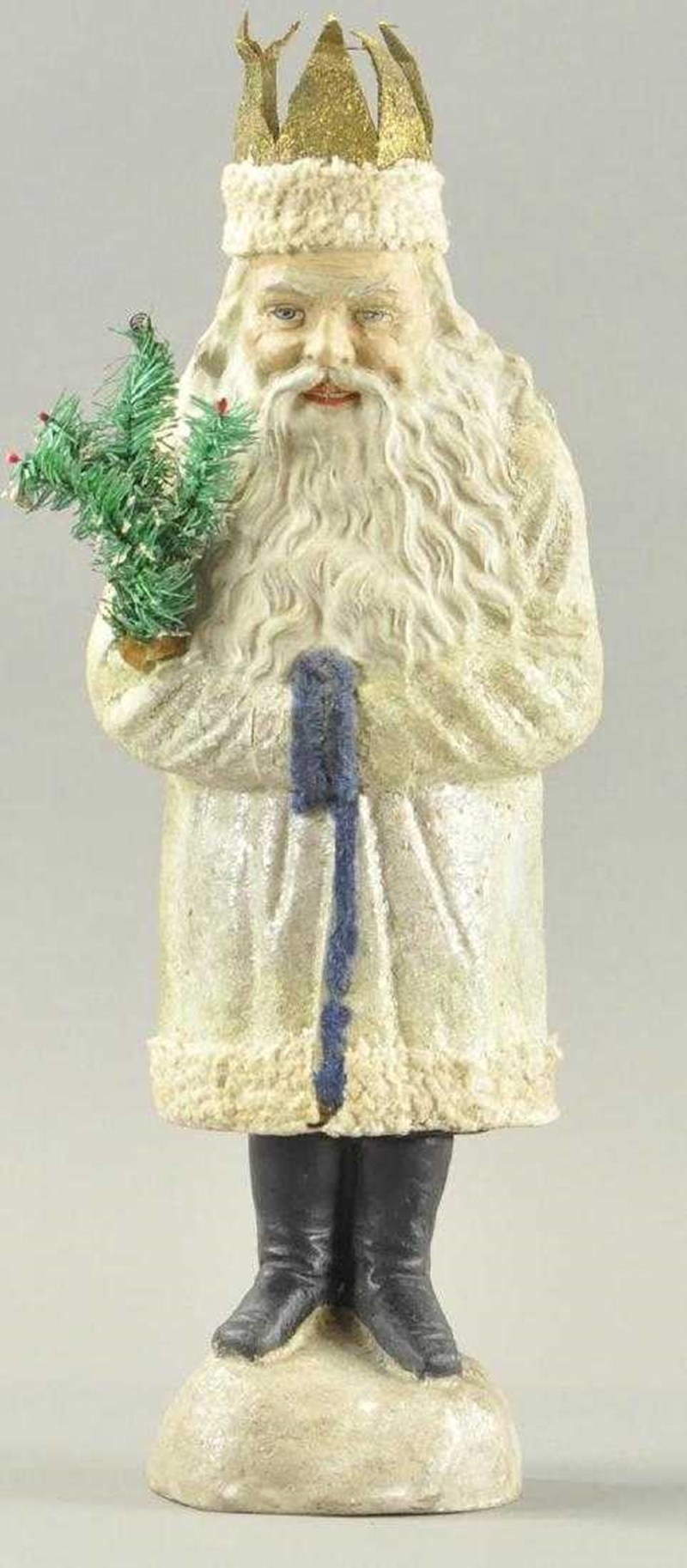Christmas is Coming!
Christmas is on it’s way and households around the country will start climbing into lofts to retrieve their decorations and start to decorate their trees and homes in time for the festive period.
However, as families reuse memorable decorations handed down through generations many will buy new ones in their bid to be more extravagant and unfortunately the old ones are discarded.
Early decorations and even trees are now becoming valuable with collectors being prepared to pay high sums for them, so before discarding your grandparent’s decorations check with your local auction house to see if you could receive an early Christmas present!
In 2001, the most expensive Christmas card was sold at auction for more than £22,500. It is considered not only the most expensive card, but also from the world’s first set of Christmas cards.
In 1843, the first ever Christmas card design was hand-coloured by John Calcott Horsley. 1,000 cards were printed and sold at that time, but only 12 are still in existence today. The greeting card that was sold was sent by famous British businessman Sir Henry Cole to his grandmother in 1843.
The history of Christmas decorations is a fascinating journey through time, reflecting cultural, religious, and social changes.
The roots of Christmas decorations can be traced back to ancient civilizations. Long before the advent of Christianity, people celebrated the winter solstice with greenery and lights. The Romans, for example, decorated their homes with evergreen branches during Saturnalia, a festival honouring Saturn, the god of agriculture. These evergreens symbolized life and renewal during the darkest days of winter.
As Christianity spread, early Christians adopted and adapted these pagan traditions. By the Middle Ages, the use of evergreens had become a common practice in Christian homes. Holly, ivy, and mistletoe were particularly popular, each carrying its own symbolism. Holly, with its sharp leaves and red berries, represented the crown of thorns and the blood of Christ, while ivy symbolized eternal life.
The Christmas tree, as we know it today, has its origins in 16th-century Germany. Legend has it that Martin Luther, the Protestant reformer, was inspired by the beauty of stars shining through evergreen trees. He brought a tree into his home and decorated it with candles to recreate the scene. This tradition gradually spread throughout Germany and eventually to other parts of Europe.
The Victorian era saw a significant transformation in Christmas decorations. Queen Victoria and Prince Albert, who was of German descent, popularized the Christmas tree in Britain. Their decorated tree, adorned with candles, sweets, and handmade ornaments, was featured in a widely circulated illustration in 1848, sparking a trend that quickly spread to America.
The invention of electric lights in the late 19th century revolutionized Christmas decorations. In 1882, Edward H. Johnson, an associate of Thomas Edison, created the first string of electric Christmas lights. These lights were safer than candles and allowed for more elaborate and colourful displays. By the early 20th century, electric lights had become a staple of Christmas decor.
The tradition of decorating trees with ornaments also evolved over time. Early ornaments were often handmade, using materials like paper, wood, and metal. In the 19th century, glass ornaments from Germany became highly sought after. Tinsel, originally made from real silver, was introduced in the early 17th century in Germany and became a popular way to add sparkle to trees.
The commercialization of Christmas in the 20th century brought about a boom in the production and variety of decorations. Department stores began to sell a wide range of ornaments, lights, and other festive items. This period also saw the rise of themed decorations, with colours and styles changing to reflect contemporary tastes and trends.
Today, Christmas decorations continue to evolve with new technologies and materials. LED lights, inflatable outdoor decorations, and smart home devices that control lighting displays are just a few examples of modern innovations. Despite these changes, many traditional elements, such as the Christmas tree and wreaths, remain central to holiday celebrations.
Christmas decorations vary widely around the world, reflecting local customs and traditions. In Mexico, for example, poinsettias are a popular decoration, while in Sweden, straw ornaments and Yule goats are common. In Japan, Christmas lights and decorations are often influenced by Western styles but adapted to fit local aesthetics.
If you have any decorations, Christmas cards, trees or anything connected to Christmas and wondered if they have a value then contact us on 0114 2796959 or email us at info@ewbauctions.com



